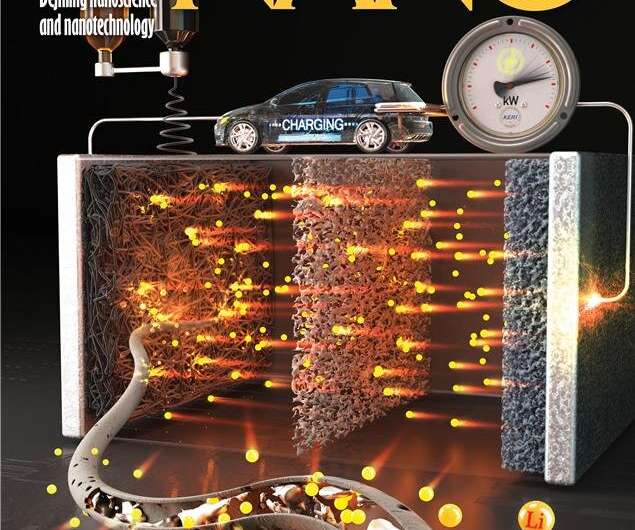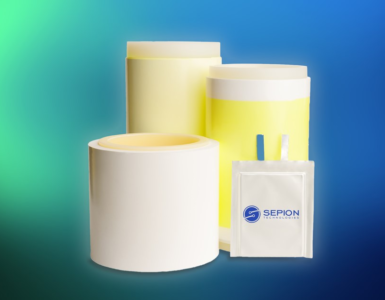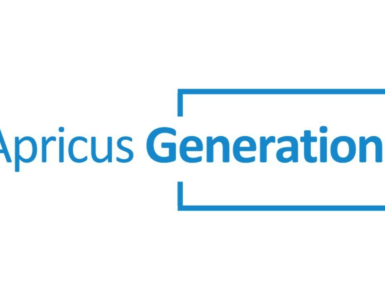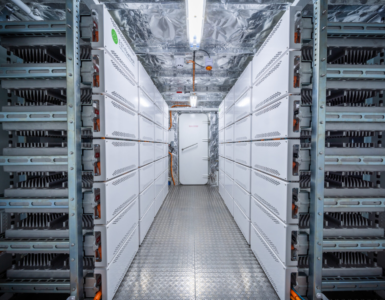High-capacity Li-metal battery with improved rate-performance and stability.
A study of Li-metal batteries by the research team led by Dr. Byung Gon Kim at Next-Generation Battery Research Center of Korea Electrotechnology Research Institute (KERI) was published as a cover paper in the international journal ACS Nano.
While the current Li-ion batteries generate energy by taking Li-ions in and out of the graphite anode based on the intercalation mechanism, the Li-metal battery does not rely on this bulky and heavy graphite but uses metallic Li itself as the anode.
As the Li-metal shows 10 times higher theoretical capacity (3,860 mAh/g) than graphite (372 mAh/g), it has steadily gained much attention from areas that need high-capacity batteries, such as electric vehicles and energy storage systems.
🔥 What about we co-host a webinar? Let's educate, captivate, and convert the battery economy!
Batteries News is the global go-to online magazine for the battery industry, we can help you host impactful webinars that become a global reference on your topic and are an evergreen source of leads. Click here to request more details
Despite this advantage, Li can grow in the shape of a tree branch, called a Li dendrite, if it is not uniformly and effectively stored when cycling process, leading to large volume expansion of the electrode, which in turn may shorten the battery’s cycle life and cause safety issue such as fire and explosion triggered by internal short-circuits.
To tackle this issue, KERI developed 1D Li-confinable porous carbon structure with a hollow core, and a small number of gold nanoparticles with Li affinity were added to the hollow core.
Here, the gold controls the growth direction of Li by preferentially reacting with Li, thereby inducing Li deposition inside the core. In addition, many nano-sized pores are formed in the shell part to improve the Li-ion movement toward the core space.
A major challenge observed in the existing hollow core-shell Li host was the Li deposition on the conductive carbon shell, not inside the core, under high-rate charging conditions.
Therefore, the KERI team introduced many nano-sized pores to the shell, and achieved significantly improved coulombic efficiency without Li dendrite growth even under a high-current testing condition of 5 mA/cm2.
Dr. Kim’s team collaborated with Prof. Janghyuk Moon at Chung-Ang University for theoretical validation of the effectiveness of this material’s design, and the simulation results showed that the reduced Li ion diffusion length by the shell pores and improved Li affinity by the gold nanoparticles kept Li deposition inside the structure even under high-current charging condition.
Moreover, the designed Li host showed excellent cycling performance of over 500 cycles under a high current density of 4C rate (82.5% capacity retention). It is also notable that this technology meets practicality because the team used the electrospinning technique with advantages in mass production for material synthesis.
Dr. Byung Gon Kim., said:
Despite the merit of high capacity, the Li-metal batteries have many hurdles to be overcome for commercialization mainly due to stability and safety issues.
And Dr. Kim also said, “Our study is invaluable in that we developed a technique for mass production of Li-metal reservoir with high coulombic efficiency for fast-rechargeable Li-metal batteries.”
This study by the KERI research team was published as a supplementary cover paper in the August edition of ACS Nano.
READ the latest Batteries News shaping the battery market
High-capacity Li-metal battery with improved rate-performance and stability, August 29, 2022








